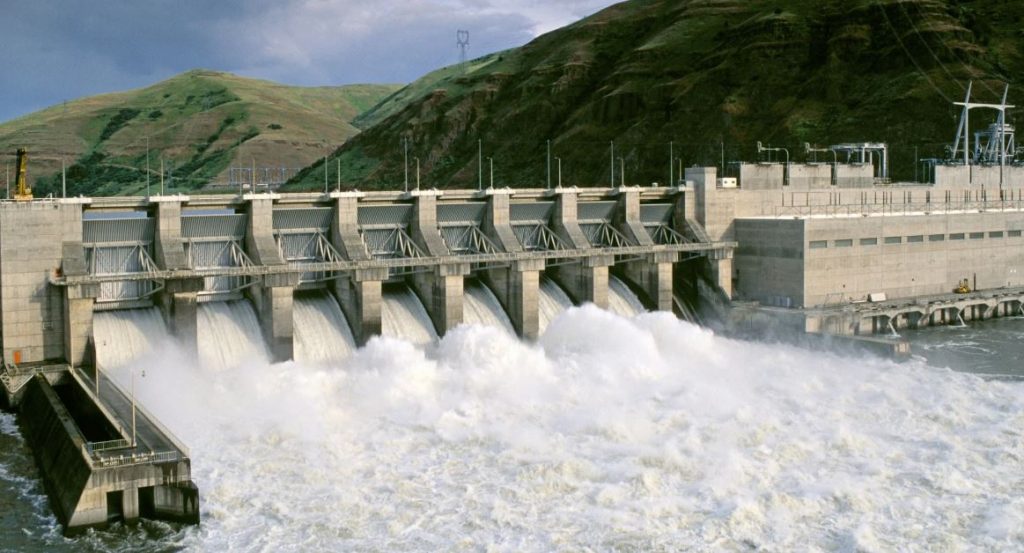Snake River Dams Don’t Provide Clean Energy
 The Snake River Dams are in the news once again, and this time they’re in the crosshairs of scientists from a group called Tell The Dam Truth (a bit on the nose, but I like it).
The Snake River Dams are in the news once again, and this time they’re in the crosshairs of scientists from a group called Tell The Dam Truth (a bit on the nose, but I like it).
Tell The Dam Truth just released a study that looks at claims about the clean energy produced by the Lower Snake River Dams – The Lower Granite, Little Goose, Lower Monumental, and Ice Harbor. One of the many arguments made for keeping the dams in place is the supposedly clean energy these dams produce through hydropower.
According to Tell The Dam Truth, however, that energy is anything but clean.
“Over the last few decades, dam, reservoir, and hydropower facilities have come under increasing scientific scrutiny because of the greenhouse gases they emit,” reads the introduction to the study. “More than 760 peer-reviewed scientific studies since 1974 describe GHGs from dam and reservoir projects, including those generating hydropower. Projects built primarily for hydropower production sometimes can emit even more GHGs than coal-fired power plants producing an equal amount of electricity.”
That’s quite the claim, and even though Tell The Dam Truth cites their sources in their report, I was curious to see if other scientists backed up those claims. Specifically, that hydropower generates more carbon emissions than it saves.
The key thing to understand here is the term “renewable.” A renewable source of energy is defined as “energy from a source that is not depleted when used.” In the push for more environmentally-friendly energy sources, the term renewable is often tossed around, and sometimes used interchangeably with “environmentally friendly.” After all, a renewable source should be better for the environment than a non-renewable, right?
According to the Environmental Defense Fund, that’s not the case.
“But the reservoirs where water is stored also produce both carbon dioxide and methane (an even more potent greenhouse gas, with over 80 times the warming power of CO2 for the first 20 years after it’s released),” reads a post on the EDT website. “Both carbon dioxide and methane are released when vegetation decomposes under water.”
When factoring in the carbon dioxide and methane emissions, the EDF found that “of the nearly 1,500 plants worldwide that we examined and account for half of global hydropower generation, more than 100 facilities have greenhouse gas emissions that cause more warming than fossil fuels.”
So, that’s two sources who claim hydropower isn’t as clean as we thought. Yes, it’s renewable, but the process of turning water into power is likely causing more emissions than it saves.
Which brings us back to the Snake River Dams. According to Tell The Dam Truth, not only are they some of the leading causes in salmon and steelhead decline in the Snake River (that’s an indisputable fact), but they’re also worse for the environment than previously thought.
The U.S. Energy Information Administration agrees, stating on their website that “Hydropower generators do not directly emit air pollutants. However, dams, reservoirs, and the operation of hydroelectric generators can affect the environment.”
Yet the U.S. Department of Energy makes no such admissions on its page extolling the benefits of hydropower. We shouldn’t be surprised that two government agencies aren’t on the same page, but the disconnect is jarring.
So, which is it? Is hydropower as bad as Tell The Dam Truth and the EDF claim? Or is it all roses and rainbows as the Department of Energy wants us to think?
I’m no scientist, and I don’t pretend to be. I am, however, innately distrustful of government, so I’m less inclined to believe anything coming out of D.C. I’m also not in the business of telling anyone what to think, and my hope with this column is that you’ll conduct your own research and come to your own conclusions.
Regardless, it’s interesting to see yet another potential adverse environmental impact cited as a reason to tear down the Snake River Dams.
California Proposes Delay to Water Rules
6 Dams Removed on Utah's Price River











